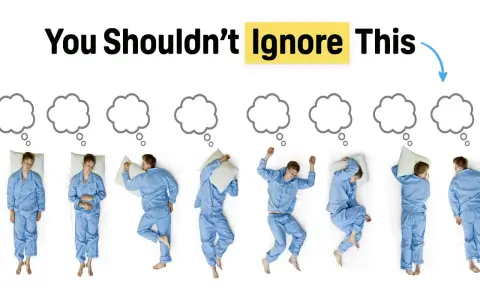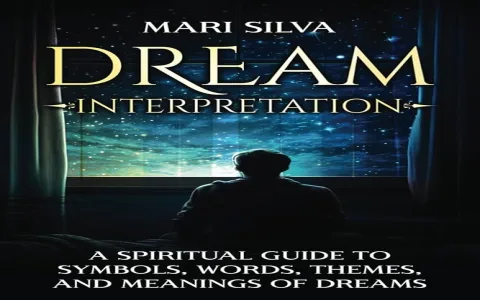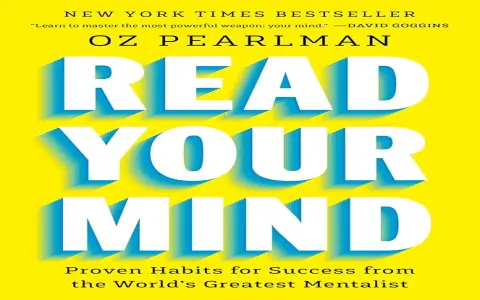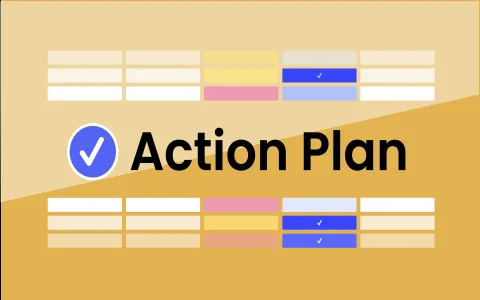Man, I hit a wall. A huge one.
I’ve been logging my dreams for years, right? But the interpretation process? It turned into junk food. The same five symbols showing up, the same boring conclusions. If I saw one more ‘house’ meaning ‘self,’ I was gonna scream. My standard journal system just became stale, just summarizing the obvious. My brain was clearly cooking up weird stuff every night, but my analysis was stuck in kindergarten. I needed to blast open the doors on how I thought about the nonsense my mind cooks up at 3 AM.
The Motive: When the Process Gets Lazy
You know the feeling when you read your own journal entry and realize you wrote the same conclusion six months ago? That’s where I was. I was interpreting dreams based on convenience, not creativity. I started thinking, how do you force creativity? You introduce chaos and demand structure. You can’t just ask the brain to be creative; you have to trap it in a corner and make it fight its way out with a shovel it didn’t ask for.
I realized my biggest mistake was thinking interpretation had to be logical or linear. It doesn’t. It needs friction. It needs to feel wrong before it feels right. So I devised a hack. I needed a system that forced unrelated concepts onto my dream data.
The Setup: Building the Three-Panel Chaos Engine
I decided to ditch the standard narrative approach where you just write down the story and then put a nice little summary underneath. I grabbed a big legal pad and mapped out a unique structure. I called it the Triptych Interpretation Method—sounds complicated, but it was just three panels, three mandatory steps to follow the second I woke up.
- Panel 1: The Raw Dump. This is the easy part. Just the narrative. I write down exactly what happened, no analyzing, just reporting the raw data. Stick to the verbs: I ran, I saw, it crumbled.
- Panel 2: Forced Association Grid. This was the weird, mandatory part. Before bed, I used an online random word generator, scribbled down ten completely unrelated words—stuff like ‘hammer,’ ‘silk,’ ‘desert,’ ‘whisper.’ The rule was, once I logged the dream, I had to use at least three of those random, unconnected words to describe the meaning or feeling of the dream, even if the connection felt utterly nuts.
- Panel 3: Emotional Velocity Map. I completely ignored the story here. I drew a crude graph. The X-axis was time (the duration of the dream, estimated), and the Y-axis was emotional intensity, running from ‘Total Dread’ at the bottom to ‘Pure Bliss’ at the top. I just plotted the peaks and valleys, ignoring what caused them.
I spent an hour just prepping the pad, getting the columns ready. I made sure to scribble down the random words before my brain got contaminated by late-night YouTube garbage. The words for the test night: ‘crane,’ ‘acid,’ and ‘library.’ Three random things I had to relate to whatever subconscious mess I produced.
The Execution: Waking Up and Forcing the Link
I set the system up last Tuesday. I went to bed, the random words staring at me from the notepad. The alarm went off at 6 AM, and I grabbed the pad immediately. No phone, no coffee, just pen to paper. I wanted the dream residue intact.
My dream was dumb. Standard anxiety stuff. I was trying to find my car keys, but every time I found a key, it didn’t fit, and then my teeth started feeling loose. Basic stress garbage. Nothing new. This is exactly the kind of dream that usually leads to the boring conclusion: “You are stressed about control.”
Panel 1 was easy: “Lost keys, trying combinations, loose teeth feeling imminent, small panic escalating.” Took five minutes.
Then came the heavy lifting. Panel 2. I forced myself to use ‘crane,’ ‘acid,’ and ‘library.’ How the hell does a crane relate to loose teeth and lost keys? I sat there staring for fifteen minutes, feeling like an absolute idiot. My brain was screaming, this is irrelevant! But the rule was the rule. I had to create meaning where none existed.
This is what I wrote down: “The crane represents the gigantic, disproportionate effort I exert just to lift the key (the solution) to the lock, showing how even easy tasks feel heavy. The acid isn’t burning me, but etching away the enamel, showing how anxiety is subtly eroding the small, strong bits of my foundation. The library is where the keys should be, a place of organized, known solutions, but it is empty and ignored.”
See? Total BS, but it forced a symbolic connection far outside my normal “keys equal opportunity” routine. It made me focus on effort and erosion instead of just loss.
Next, Panel 3. I mapped it out. I ignored the story entirely and just focused on the gut feeling. The graph looked like a heart rate monitor after a double espresso. A sharp spike of fear when I first tried the key, a quick dip into mild frustration, then a massive spike of physical dread (the teeth thing). Plotting it visually, without the story, showed me something profound.
The Takeaway: Stop Being Literal, Start Being Forced
This whole practice, honestly, felt ridiculous while I was going through the motion. But here’s the thing: it worked. My old, lazy interpretation would have been, “You are stressed about a pending decision and feeling vulnerable.” My new interpretation, driven by the random words and the velocity map, was: “The physical symptoms of stress (erosion/decay) are more mentally urgent than the problem that caused them (the lost key). The decay is the real fear, not the missing object.”
The forced friction completely bypassed my default thinking pattern. I didn’t interpret the dream; I interpreted the effort required to connect the dream to three random, irrelevant concepts. That friction, that effort to make nonsense make sense, is where the creative boost actually lives. It pulls you out of your comfort zone, out of the standard dictionary of symbols. I’ve run this system four more times now, and every time, the insight is completely unmoored from the narrative I started with. If you are stuck in your dream logs, throw three totally random words at the wall tonight. I promise you’ll find something weird, and way more useful, than just another summary of a falling dream.













